The content of the article
Yoghurt in our understanding is a dessert, a tasty dairy dainty, which, however, has recently ceased to be available to all categories of consumers. At the same time, for example, the Greeks or Bulgarians use yogurt as a dressing for salads, cold soups and other dishes, since this product is like a base: you can add fruit and make dessert, and if left in its original form, it will perform the role of sour cream.
Traditional yogurt: what it is and how it is prepared
Yogurt is the result of fermentation (ripening) of milk with lactic acid bacteria, with the result that the product gets its thickness, color and characteristic taste. Even doctors often recommend it to people who have certain problems with the stomach or intestines, as yogurt stabilizes their microflora, improves the metabolic process, improves the functioning of the gastrointestinal tract.In addition, it is well absorbed by the body and is digested, so even those who suffer from allergies or lactose intolerance, which is contraindicated in the use of milk and dairy products, in some cases can use yogurt. But first you need to still consult with the doctor on this matter.
Natural yogurt should not contain any additives in the form of preservatives, sweeteners, dyes, flavors or stabilizers - only in this case, it can really have a beneficial effect on the body. In addition, it can be stored for about a month, but no more, since over time the number of vitamins and live bacteria decreases, and the effectiveness of the product is minimized.
For the production of factory yogurt, live cultured milk cultures — bacteria (thermophilic streptococcus and Bulgarian bacillus) —are introduced into milk, after which fermentation begins. For this, the required temperature is ensured - within 45 degrees and about 10 hours of exposure. After this time, the yogurt obtained is cooled to 5 degrees, and thus it is possible to preserve the bacteria, and accordingly, to obtain the best quality product.
It is easy to repeat the process independently, at home, both with and without yogurt maker. This yogurt is more useful because it does not contain sugar, and even people who are forced to give up sweets because of diabetes are allowed. Home-made dairy product contains much less fat, so salads and dishes filled with it will not cause any harm to the figure - on the contrary, yogurt is characterized by acceleration of metabolism, so the process of getting rid of extra pounds can go faster and without any harm for the body. In addition, in the composition of homemade yogurt there are more sour-milk cultures, and its usefulness significantly prevails over the properties of the purchased one. The latter, in turn, contains a lot of preservatives, which allow you to store the product for months without sacrificing taste, but at the same time - with a complete loss of health.
Sourdough and milk for yogurt
One of the most important and crucial stages in the preparation of yogurt is the search and selection of yeast. It is in itself a substance that causes fermentation.So, the starter for bread is yeast, and for yogurt - sour-milk culture, which contains all the necessary lactobacilli. Such a starter can be consumed in its pure form, by itself, it is also very useful for the body: it strengthens the immune system, creates protection against viruses, especially with the onset of bad weather, improves the gastrointestinal tract, speeds up the metabolism and helps normalize body weight.
There are several types of yoghurt starters:
- Live acidophilic cultures - they stop the inflammatory process, remove toxins, help cleanse the body, relieve side effects from taking antibiotics, normalize disorders after eating food.
- Living cottage cheese crops - the basis is made up of bifidobacterium bacteria, which are invariably contained in the human body, support the intestinal microflora, break down proteins, normalize cholesterol, and have immunoprotective properties.
- Live yogurt bacteria - such starters are dosed and fully ready for home use.
The necessary starter is sold in pharmacies, as a rule, a jar involves obtaining several liters of the finished product.Do not buy store yogurt to use it as a starter, because it inevitably contains pathogenic microbes (most often - E. coli). In this form, they pose a minimal risk to the body, but during fermentation they can multiply, and then frustration, the occurrence of infections and food poisoning are possible.
Next you need to choose milk. The amount of yoghurt depends on its quantity; It is recommended to use from 1 to 3 liters at a time. The ideal option is a pasteurized or ultrapasteurized product that cannot be stored for a long time. Even better - homemade milk, fresh, the quality and reliability of which inspire confidence in you. It must be boiled for a few minutes before proceeding to the preparation of yogurt. Pasteurized should be heated to 90 degrees, do not bring to a boil; UHT can be used immediately, without preparatory activities.
Yogurt should not be prepared using sterilized milk, since it undergoes tough processing, all the vitamins and beneficial lactobacilli disappear, and the properties are lost.Plus, during sterilization, salt and stabilizers are added to the milk, which will subsequently affect the quality of the prepared yogurt.
Preparatory activities
Cooking utensils
First of all, you should take care of the cleanliness of the dishes in which yogurt will be cooked. Even the spoons that will come into contact with the leaven should be subjected to the strictest measures, since changing its microflora can lead, at a minimum, to the loss of taste of the resulting product, and a maximum to the reproduction of pathogenic microbes and poisoning due to the use of poor-quality yogurt.
So, the dishes should be thoroughly washed and scalded with boiling water, as well as jars where the yogurt will be poured, and plastic lids to close them. And at the end of the process of scalding immediately cover / close the banks. In addition to this, it is impossible to use aluminum devices, and the thermometer should be wiped with alcohol, and in no case should you pour hot water over it. During the process of making yoghurt, it is strictly forbidden to touch the inner surface of the cans and lids with your hands or consumables,the latter should also not be placed on the tabletop, even if they are turned upside down, since air can remain on the walls, with its “enemy” microflora for future yogurt.
Milk preparation
You need to open the bag immediately before cooking, otherwise it will not be yoghurt, but yogurt. Pour it into a clean stainless saucepan and heat it up (how to deal with different types of milk - described above). Do not use the enamelware - in it the product will quickly burn. If you boiled milk, then it should be cooled to 38-45 degrees (in the case of UHT, immediately heat it to this temperature). If you do not have a thermometer, try to determine “by eye” - firstly, through the glass lid that covers the pan, you should feel the tolerable heat; secondly, put a couple of drops of milk on the inner side of the wrist, as the most sensitive area of the skin, it should be hot, but not burn the skin. In their own way, both overheating and underheating are bad for yogurt; but the latter option is still more acceptable, because in this case the product will turn out not very thick (although it still depends on milk - choose the thicker, the more rich in consistency you want yogurt).When overheating, if you add a starter in too hot milk - a temperature of 50 degrees - the bacteria will begin to die, contributing to fermentation, and then all efforts will be in vain.
Leaven
Each leaven is accompanied by a manual with a recipe, which indicates how much it should be used for each liter of milk - focus on it. The most important thing is to mix the sourdough with warm milk. To dissolve it, pour into the bottle about 10 ml of milk (depending on the amount of starter and milk in general) from the pan, shake several times to stir, and pour the resulting mass into the pan with the remaining milk.
It is believed that cooked homemade yogurt (if, of course, it is cooked correctly - not sticky and not slippery) can be used as a yeast in the future. So, you can perekavashivayu several times, but you should still remember that at home we can not ensure complete sterility during storage of the product, and it is better to still prepare the yogurt using ferment purchased at the pharmacy. Especially if it will be part of the children's diet.In addition, such manipulations may affect the taste and properties of the product.
Making yogurt by yourself
In the yogurt maker. The yogurt maker is far from being in every home, but if in your plans for the future this fermented milk product prepared at home is necessarily present, then it is strongly recommended to purchase it. What yogurt is good? It maintains the required temperature throughout the whole fermentation period (meanwhile, the milk should remain warm from 6 to 12 hours, without any special changes, which is difficult to control independently). In the presence of a yogurt maker, you only need to mix the milk with the starter, pour it into special jars that are included, and turn on the device. After about 10 hours, you can already take a sample.
Without yogurt maker
With this harder. Maintain the milk temperature in several ways:
- Use a thermos for fermentation, which retains heat well.
- Cover the dishes with a blanket or cover with a pillow and place it near a hot battery.
- Pour the future yogurt into jars, cover with cling film, fill any flat container with warm water,put the jars in there and roll them over with the film; after that, put in a warm place - for example, in a heated off oven.
If you want the consistency of yoghurt to be thicker and more dense, put it in a refrigerator for a few hours. In addition, so you will extend its shelf life and increase the benefit of preserving living cultures.
Video: how to make delicious homemade yogurt


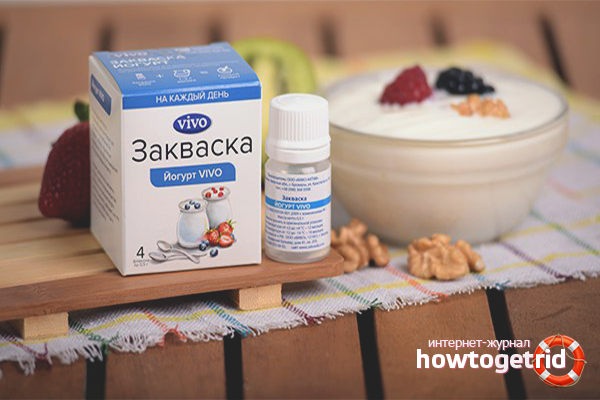
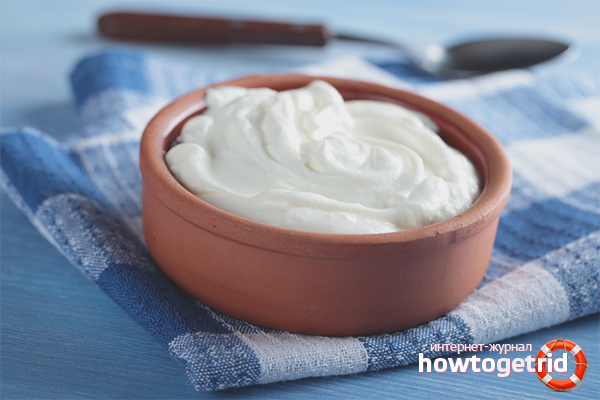
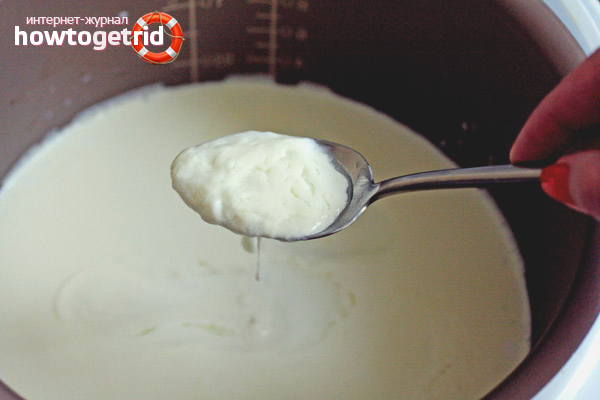

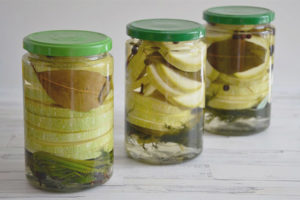

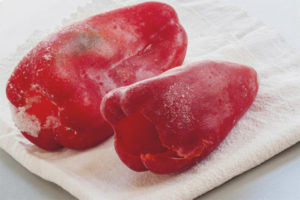
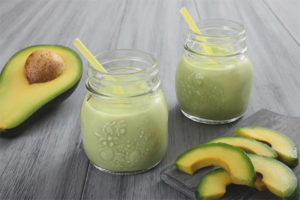


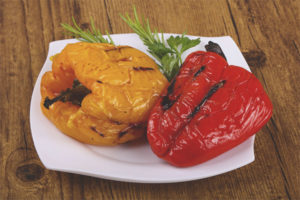
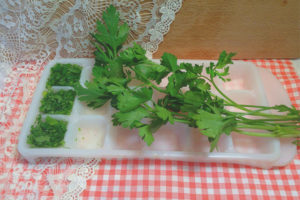
To send